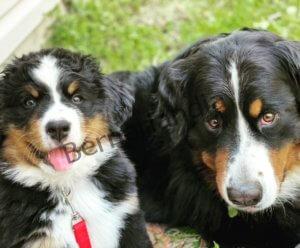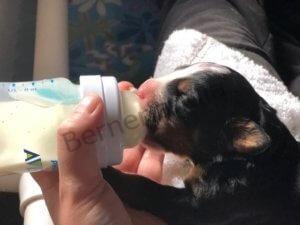What does it take to raise a large breed dog from puppy stage? Is there a difference to raising other dogs?
The short answer is, Yes.
Large / giant breed dogs do have different raising / training requirements compared to those small breeds. Don’t get me wrong, there are a lot of similarities, and when it comes to patience, consistency and discipline, the same rules apply. However, things begin to differ when we consider, size, bone and muscle mass and breed-specific intelligence.
Let’s begin with: Puppyhood.
Ah, puppyhood… The age in which furballs tend to override our every logical gene. Truth be told, I could write a whole book about this subject. In fact, many people already have. As obvious as it sounds, this stage provides all the foundation and tools for adulthood. But, where to begin?
In order to keep things streamlined, I have decided to break it down into categories.
Let’s break it down:
- The Breeder’s share
- New owner transition
- 2-4 months
- 4~9 months
- ~9-12 months onward
The Breeder’s Share:
The purpose of breeding is to improve or pass on excellent genetics, both health and physically wise. Phenotype aside, which of course is very important, the breeders share begins with the parents.
Temperament : a well raised dog should provide its young with gentle affection, patience and discipline that helps newborns thrive. Secondly, early neurological stimulation is vital for raising sturdier puppies. Several studies have been conducted on the benefits of early neurological stimulation, some of which include: being able to handle stress better, improved cardiovascular and immune system, among other equally vital, life-long benefits.
An example of early neurological stimulation is tactile temperature changes (hot, warm, cold, etc). A good breeder should know how, when and for how long to engage senses that otherwise wouldn’t be engaged, such as the aforementioned example. Too much stimulation could do more damage than good, and not enough could render the efforts useless.
Last but not least, the favorite word of animal trainers out there, socialization. Early and safe puppy socialization provides similar benefits to early neurological stimulation. However, the most important part about it, is the ability to cope in an environment that is man-made, which is alien for dogs.
With all that said regarding to A guide to raising large breed puppies, let’s move on to our next step: New Owner Transition








